Diane Keaton has built one of the most versatile film careers of any American actor, moving effortlessly from period epics and crime sagas to intimate dramas and quick-witted comedies. She has worked with legendary directors, anchored major studio hits, and taken risks on character-driven indies that gave her room to stretch. Across five decades, her filmography maps the changing shape of Hollywood and the enduring appeal of smart, specific storytelling.
This list counts down 20 standout Diane Keaton movies from worst to best, highlighting the roles that defined different eras of her career. Each entry focuses on what the film is about, who made it, and what made it notable at the time, from awards attention and box office results to memorable collaborators and lasting influence.
‘Book Club’ (2018)
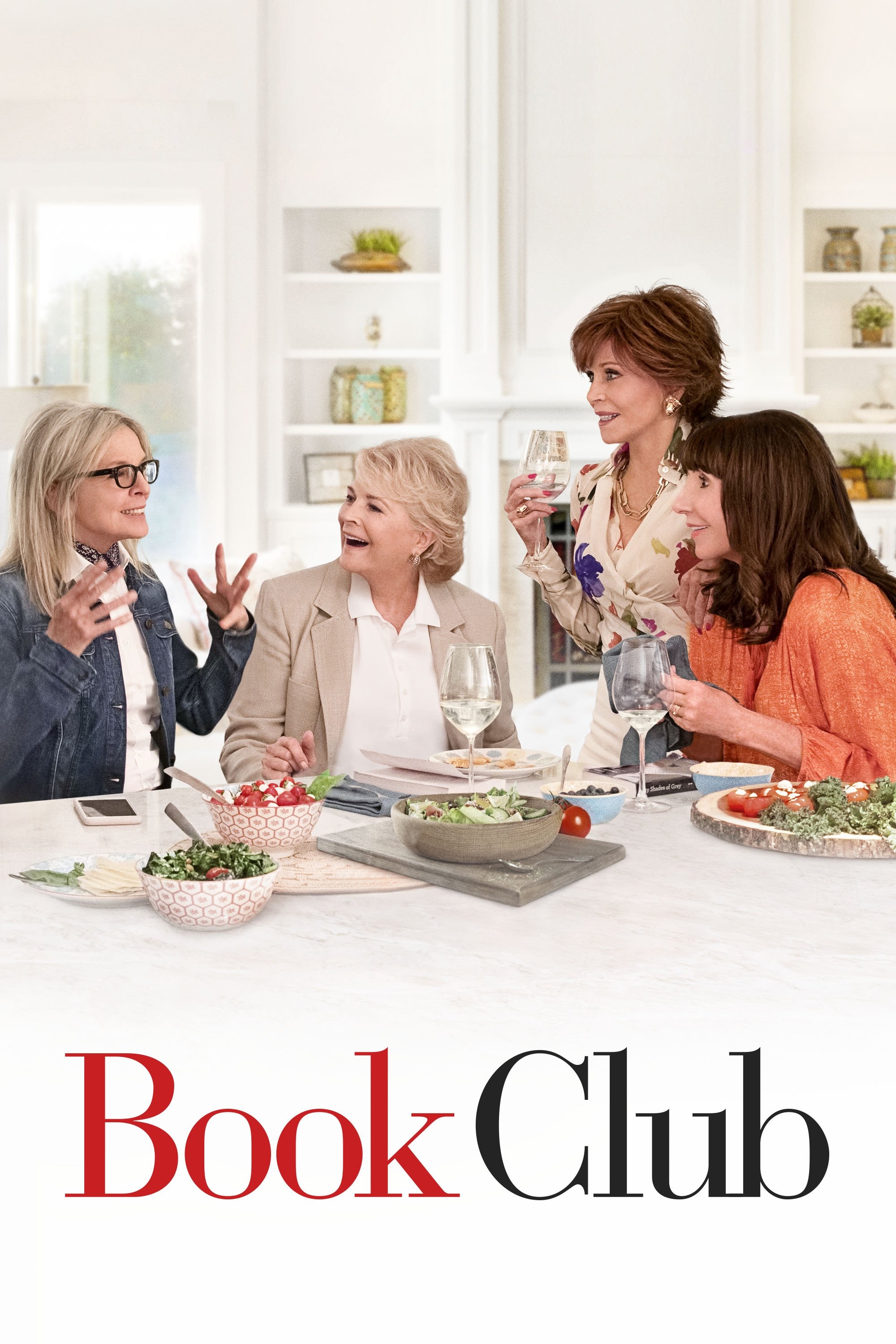 Paramount Pictures
Paramount PicturesFour lifelong friends shake up their routines after choosing a provocative title for their monthly reading, which inspires each woman to reevaluate relationships and take new chances. Diane Keaton plays a recently widowed mother nudged toward dating again, with the story weaving in parallel arcs for her friends as they navigate careers, family expectations, and midlife reinvention.
The film reunites Keaton with a cast of veteran stars in a contemporary ensemble format that proved appealing to adult audiences. It was directed by Bill Holderman, co-written with Erin Simms, and performed strongly relative to its modest budget, leading to a sequel and further cementing Keaton’s draw in multigenerational comedies.
‘Morning Glory’ (2010)
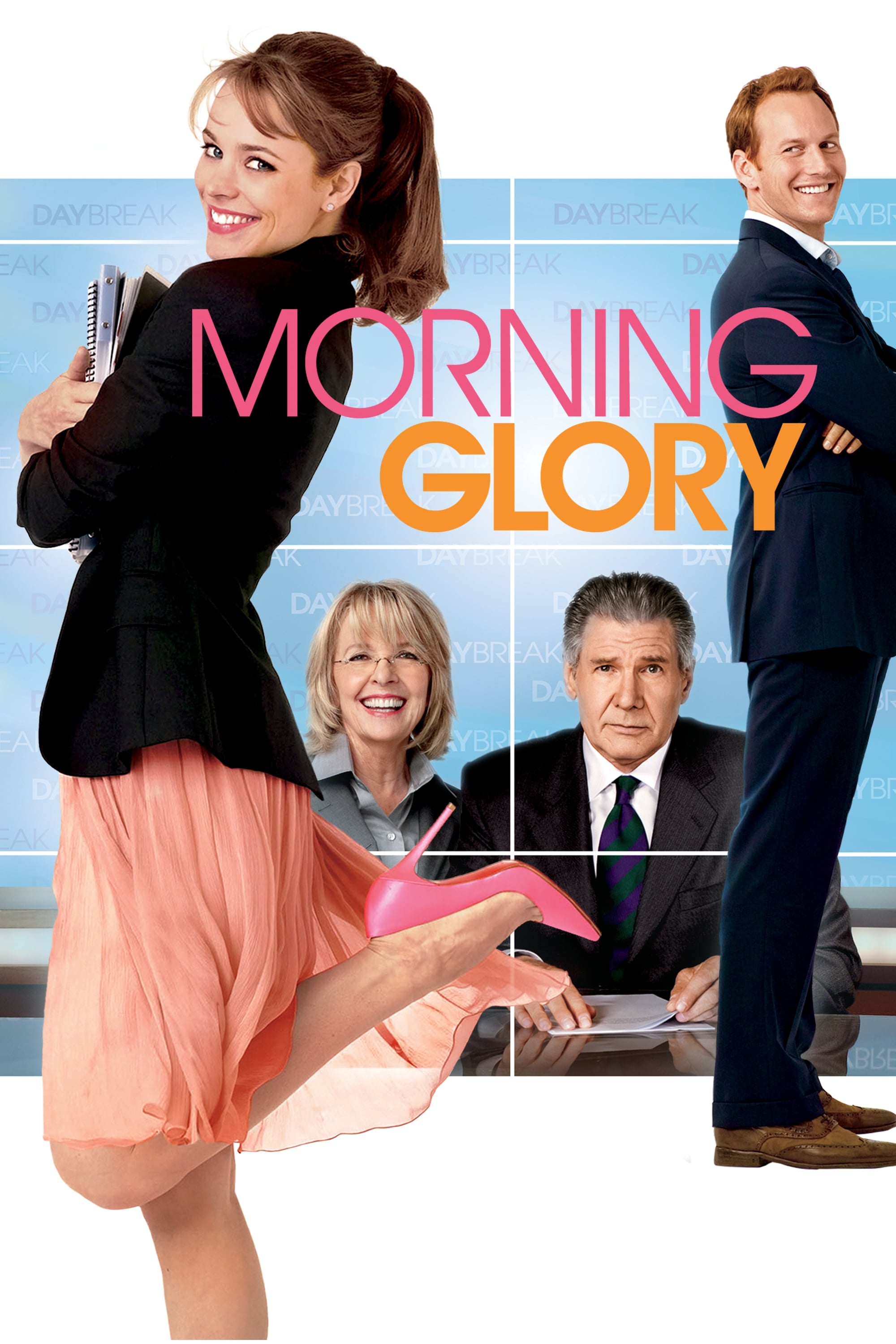 Goldcrest
GoldcrestA young producer is hired to rescue a struggling national morning show by energizing its anchors and rebooting its format. Diane Keaton co-stars as a seasoned co-host whose on-air chemistry with a cranky Pulitzer-winning journalist becomes the axis for the behind-the-scenes chaos.
The film uses a newsroom setting to blend workplace satire with character-driven arcs about professional pride and reinvention. Directed by Roger Michell and produced by J. J. Abrams’s Bad Robot, it pairs Keaton with a cast of heavy hitters and showcases the rhythms of live television production, segment planning, and ratings pressures.
‘Baby Boom’ (1987)
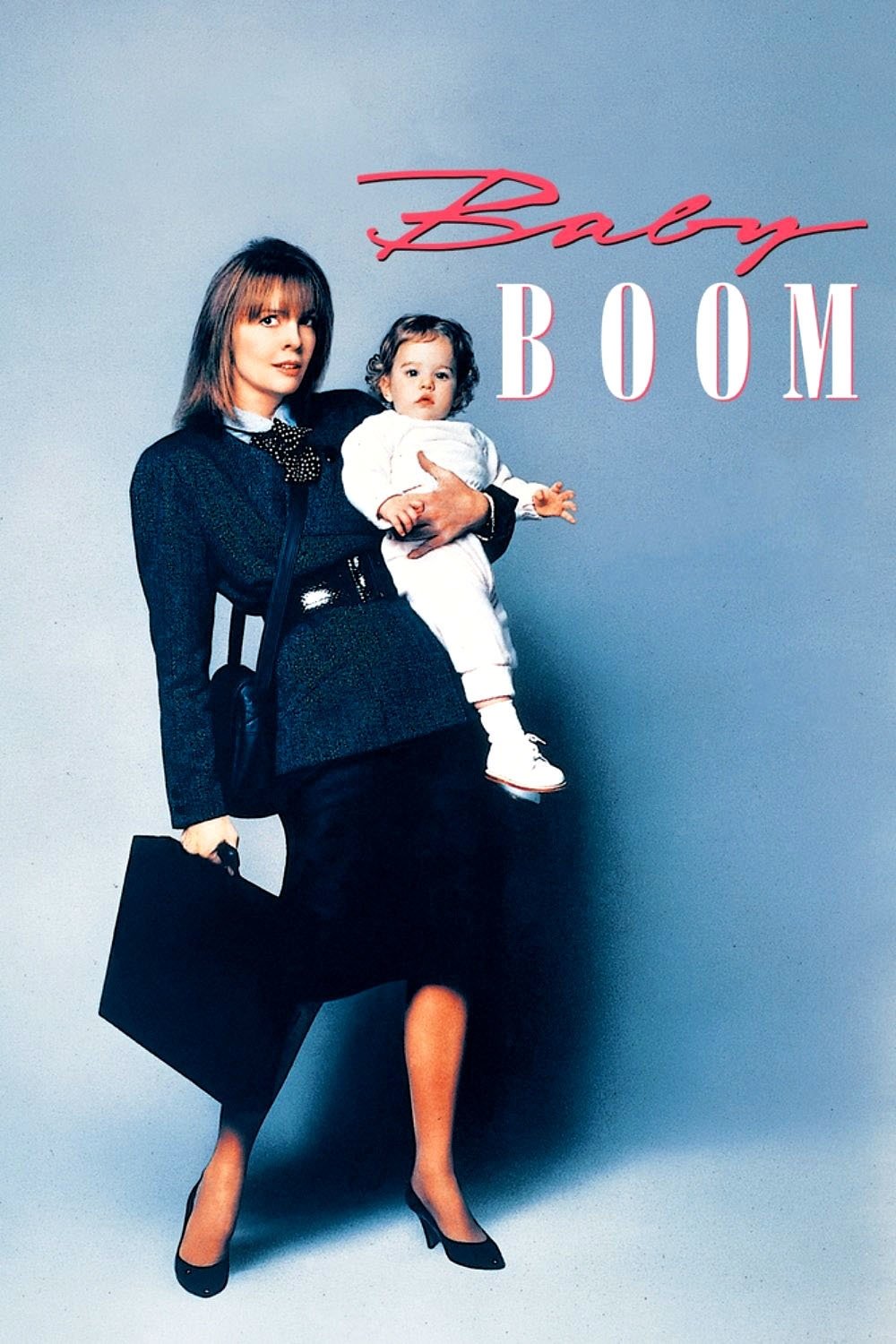 United Artists
United ArtistsA high-powered New York executive unexpectedly becomes the guardian of a baby, forcing her to choose between corporate ambition and building a new life. Diane Keaton leads the film as the executive who relocates to Vermont, discovers entrepreneurship, and redefines success on her own terms.
Directed by Charles Shyer and co-written with Nancy Meyers, the movie tapped into conversations of its era about work-life balance and women in the workplace. Its popularity led to a short-lived TV series adaptation and established on-screen motifs Keaton would revisit in later comedies centered on career, independence, and unconventional families.
‘The Family Stone’ (2005)
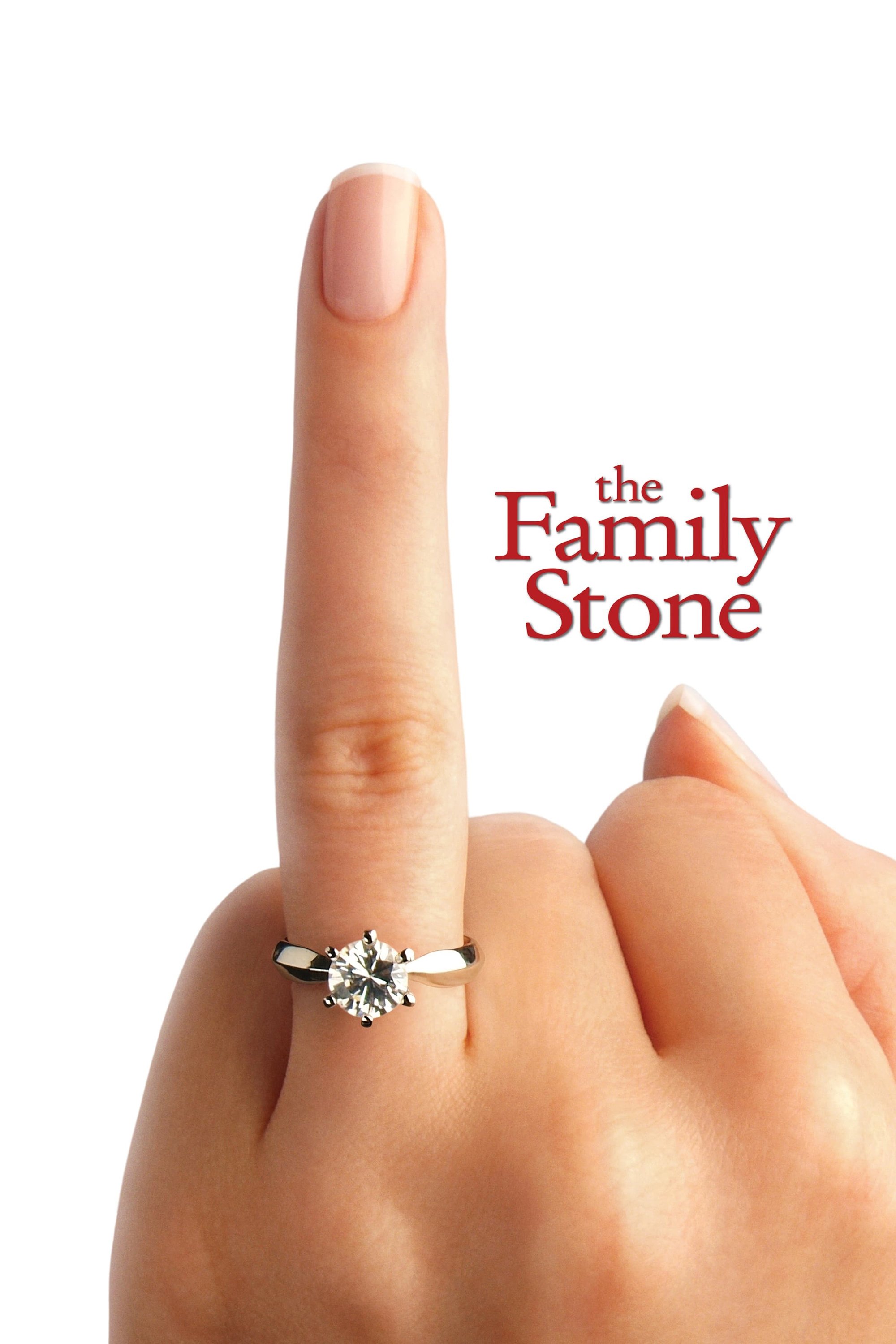 20th Century Fox Television
20th Century Fox TelevisionAt a holiday gathering, a tightly knit New England family reacts warily to their son’s visiting girlfriend, setting off a chain of misunderstandings and revelations. Diane Keaton plays the matriarch whose history and health become central to the family’s reckoning with change and acceptance.
Written and directed by Thomas Bezucha, the ensemble dramedy balances romantic entanglements with intergenerational dynamics, giving each character a distinct point of view. Its release during the holiday season helped it find an audience, and the film is frequently revisited for its layered depiction of family rituals, grief, and second chances.
‘The First Wives Club’ (1996)
 Scott Rudin Productions
Scott Rudin ProductionsThree college friends reunite after a tragedy and channel their grief into a plan to reclaim their lives from ex-husbands who traded them in for younger partners. Diane Keaton’s character brings a mix of resolve and vulnerability to the trio as they execute a series of legal and financial maneuvers to secure their futures.
Based on Olivia Goldsmith’s novel and directed by Hugh Wilson, the film became a major box office success thanks to its star-powered ensemble and sharp dialogue. Its cultural impact included renewed attention for middle-aged women’s stories, a hit soundtrack moment, and a surge of interest in ensemble comedies led by veteran actors.
‘Crimes of the Heart’ (1986)
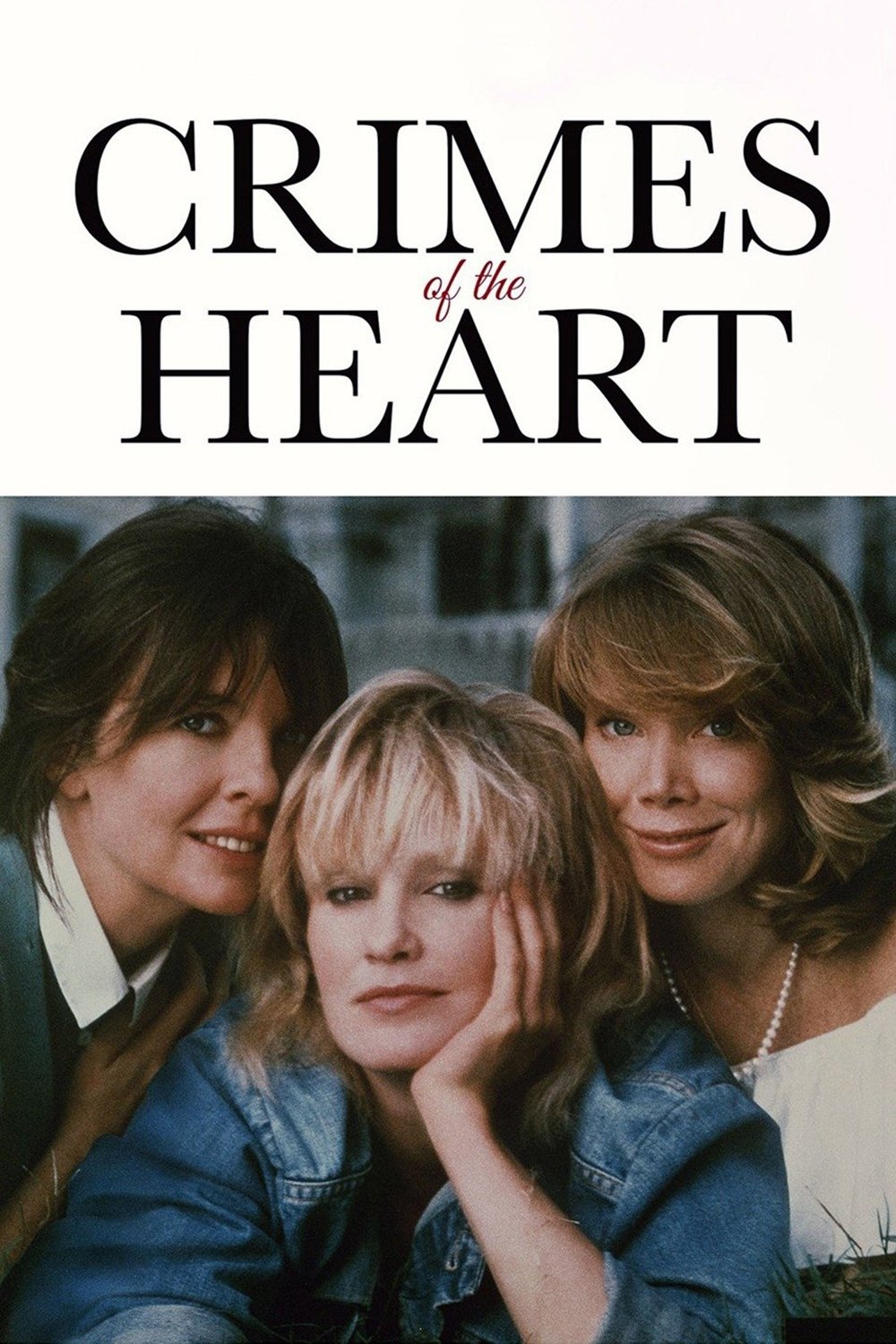 DEG
DEGIn a small Southern town, three sisters reunite after a domestic scandal draws public attention, forcing them to confront old wounds and family myths. Diane Keaton plays the eldest sister, whose caretaking role collides with her own unfulfilled ambitions and the household’s long history of secrets.
Adapted from Beth Henley’s Pulitzer-winning play and directed by Bruce Beresford, the film retains the source material’s emphasis on character and regional specificity. Its performances drew awards recognition, and the production underscores how theatrical structures can translate to film through close attention to setting, dialogue, and ensemble timing.
‘Father of the Bride Part II’ (1995)
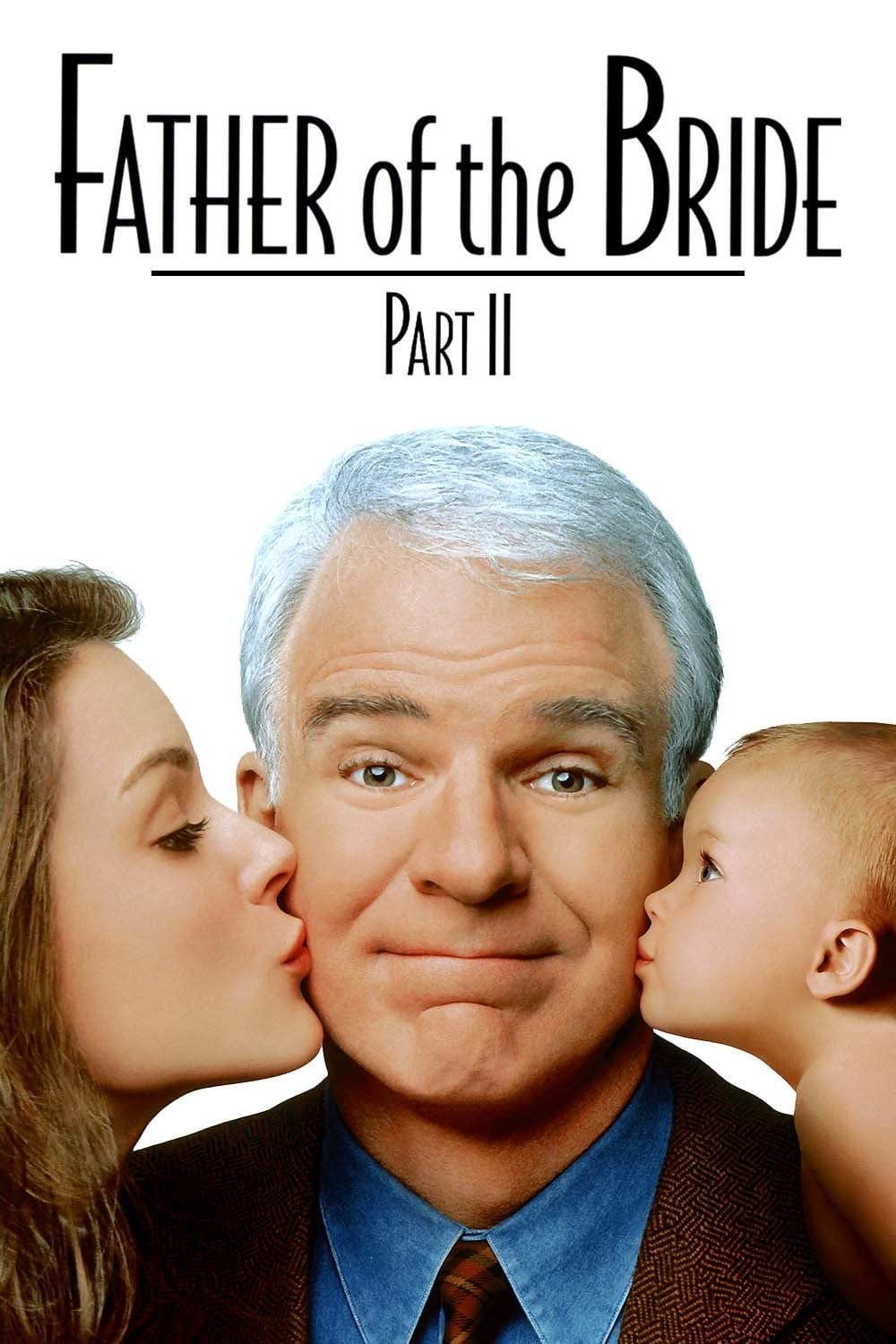 Touchstone Pictures
Touchstone PicturesA year after a wedding, new changes arrive when both the bride and her mother become pregnant, sending the family into another round of renovations, planning, and comic mishaps. Diane Keaton’s character navigates late-in-life motherhood while managing the household’s overlapping timelines and logistical puzzles.
Directed by Charles Shyer, the film continues the earlier installment’s suburban production design and event-planning set pieces. It expands the franchise’s focus on family milestones, childbirth, and home improvement, using parallel pregnancies to frame generational continuity and the rhythms of domestic life.
‘Looking for Mr. Goodbar’ (1977)
 Paramount Pictures
Paramount PicturesA young teacher living in New York explores the city’s nightlife while pursuing independence, encountering risk and alienation along the way. Diane Keaton plays the lead, whose choices and encounters are shown against the era’s shifting attitudes toward sexuality, safety, and self-determination.
Directed by Richard Brooks and adapted from Judith Rossner’s novel, the film sparked significant discussion upon release for its portrayal of urban singles culture. It features early appearances by several future stars and uses location shooting, music cues, and period-specific details to capture a particular moment in the city’s social history.
‘Father of the Bride’ (1991)
 Touchstone Pictures
Touchstone PicturesA father reacts to the news of his daughter’s engagement by trying to control costs, venues, and the ceremonial details that keep spiraling. Diane Keaton plays the mother who mediates between practical planning and emotional reality, stewarding decisions on guest lists, budgeting, and the couple’s preferences.
Directed by Charles Shyer, the film is a remake of the 1950 classic and updates its domestic setting with contemporary wedding-industry logistics. It introduced a new generation to the narrative through lavish set pieces, a memorable wedding planner character, and a focus on the economics of modern ceremonies.
‘Marvin’s Room’ (1996)
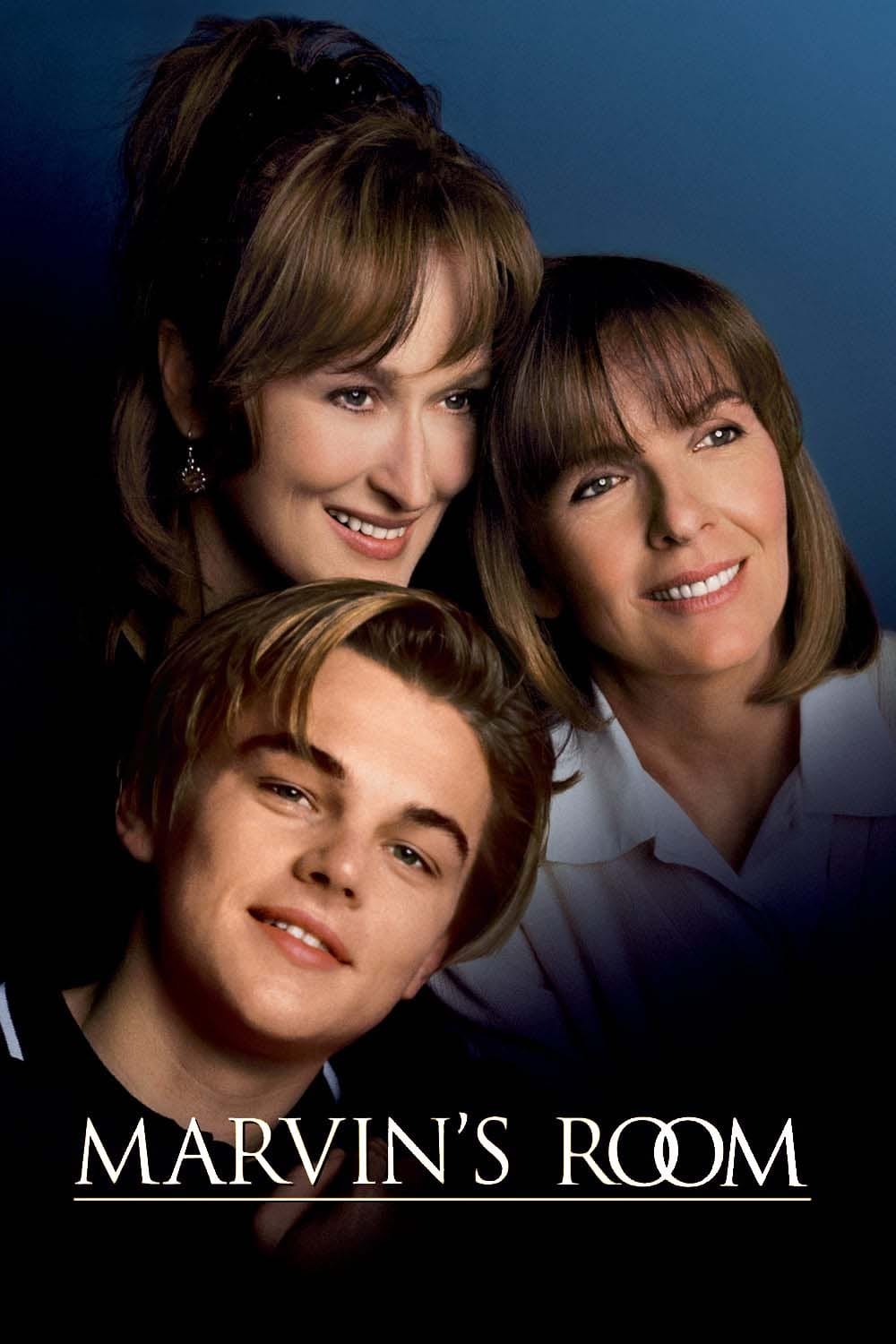 Tribeca Productions
Tribeca ProductionsTwo estranged sisters reconnect when one faces a serious illness, and the other arrives with her teenage son to consider becoming a donor. Diane Keaton portrays the sister who remained home as a caregiver, grounding the story’s medical discussions, testing procedures, and ethical questions.
Adapted from Scott McPherson’s play and directed by Jerry Zaks, the film brought together a high-profile ensemble and earned awards attention for its performances. Its hospital settings and family conferences are used to explore caregiver burnout, end-of-life planning, and the complexities of reconciliation.
‘Something’s Gotta Give’ (2003)
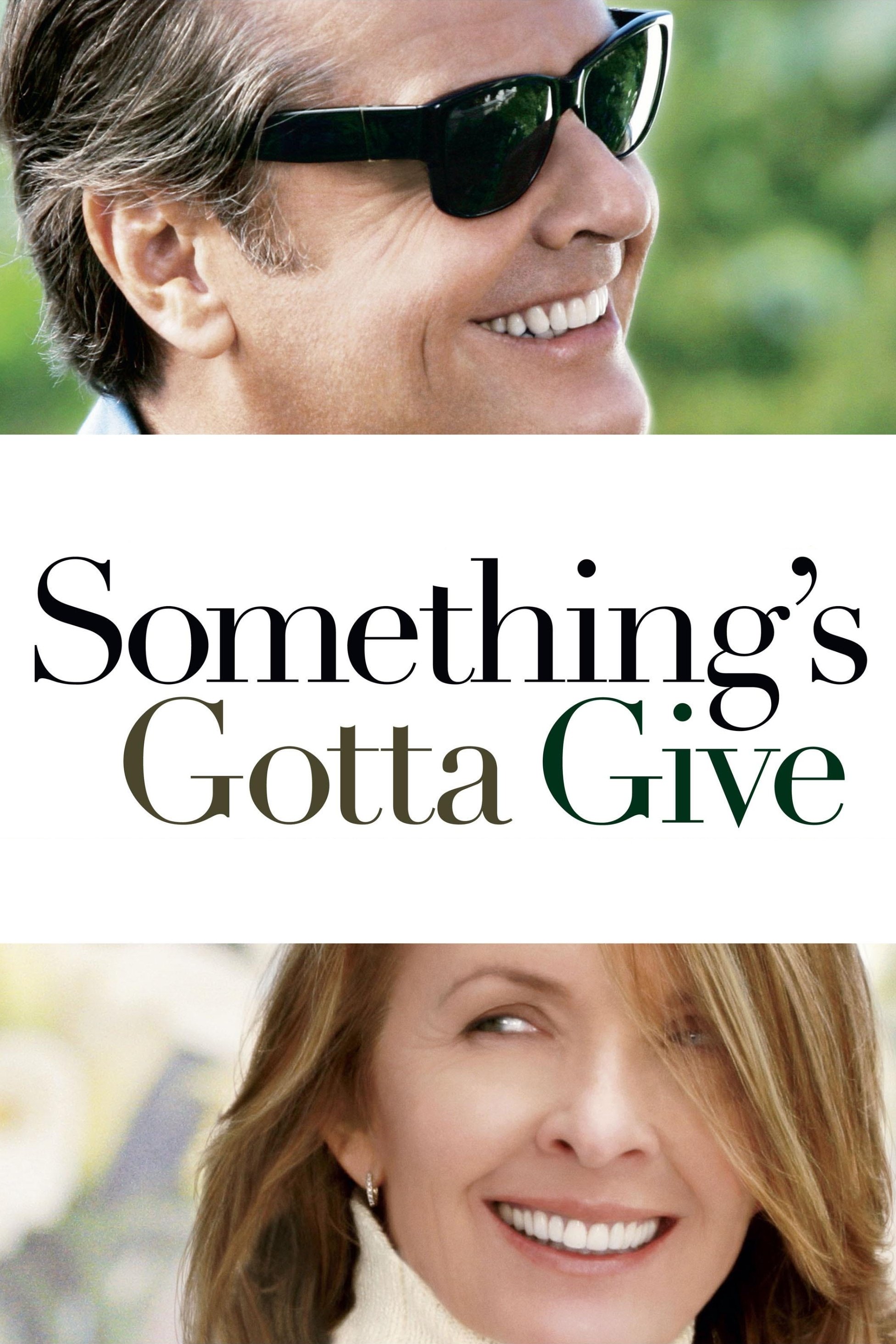 Columbia Pictures
Columbia PicturesA music executive and a playwright are thrown together by a medical emergency, leading to a slow-burn connection that disrupts their established routines. Diane Keaton plays a celebrated writer whose home, work habits, and creative blocks become key elements in the story’s progression.
Written and directed by Nancy Meyers, the film was a major commercial success, particularly notable for centering romance around characters in midlife. It features extensive use of a Hamptons setting, costume design that reflects character arcs, and a soundtrack that complements the film’s themes of reinvention and vulnerability.
‘Sleeper’ (1973)
 United Artists
United ArtistsAfter being cryogenically frozen, a health food store owner wakes in a dystopian future and becomes entangled with rebels resisting an authoritarian regime. Diane Keaton plays a poet who becomes his reluctant ally as they navigate surveillance, identity changes, and attempts to evade state control.
Directed by Woody Allen, the film uses sci-fi premises to stage physical comedy, gadget-based gags, and satirical references to contemporary politics. Production incorporated futuristic sets, comedic prop design, and silent-era homage sequences, setting a template for later genre parodies that mix speculative concepts with slapstick.
‘Reds’ (1981)
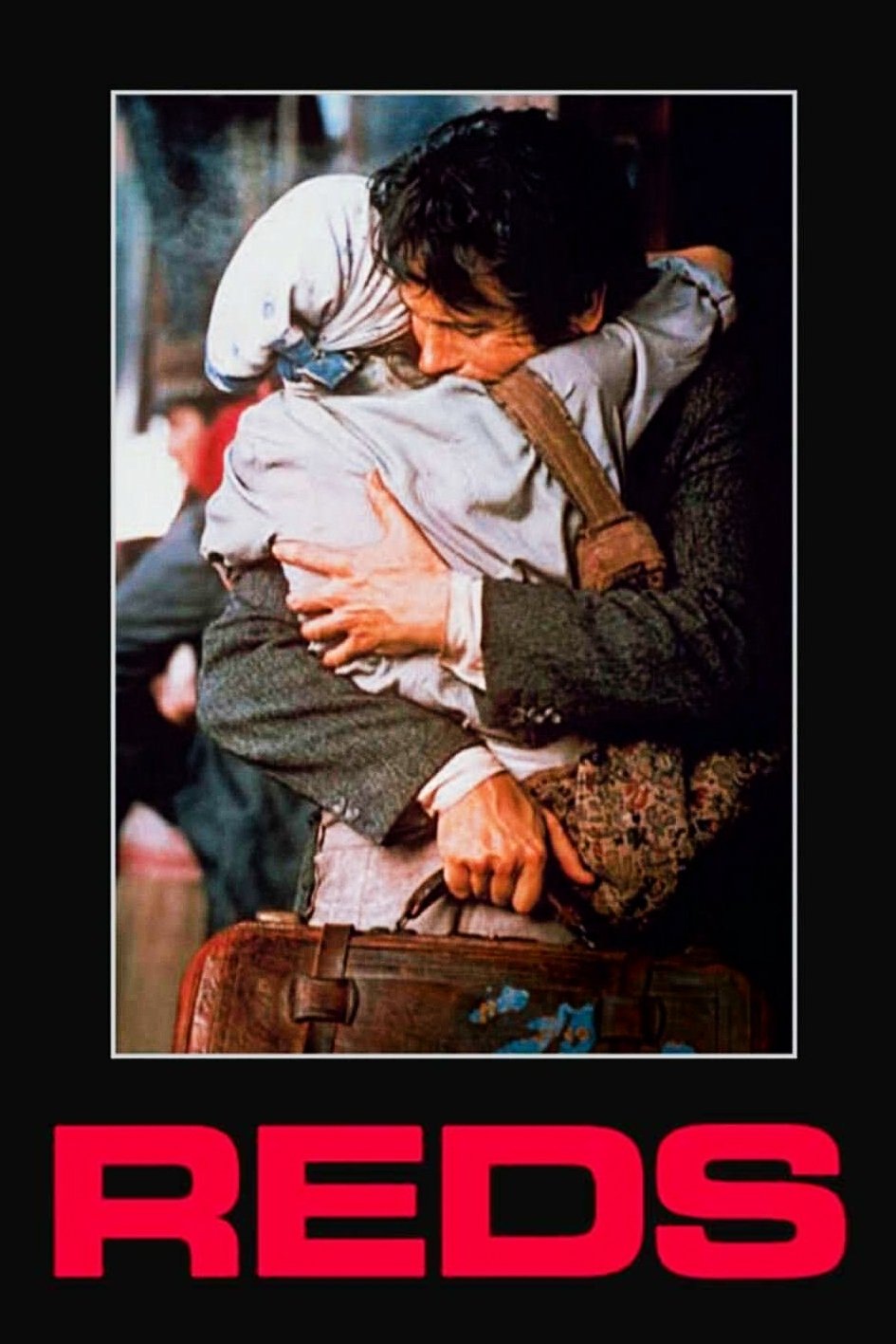 Paramount Pictures
Paramount PicturesAn American journalist and activist chronicles political upheaval abroad while sustaining a complicated relationship with a fellow writer and artist. Diane Keaton portrays the artist and partner, whose creative career and political commitments intersect with travel, publication deadlines, and shifting alliances.
Directed, co-written by, and starring Warren Beatty, the film is noted for its historical scope and use of “witness” interviews to intercut firsthand reflections with dramatized events. It received multiple Academy Award nominations and is frequently discussed for its production scale, location work, and the integration of documentary elements into a narrative feature.
‘Manhattan Murder Mystery’ (1993)
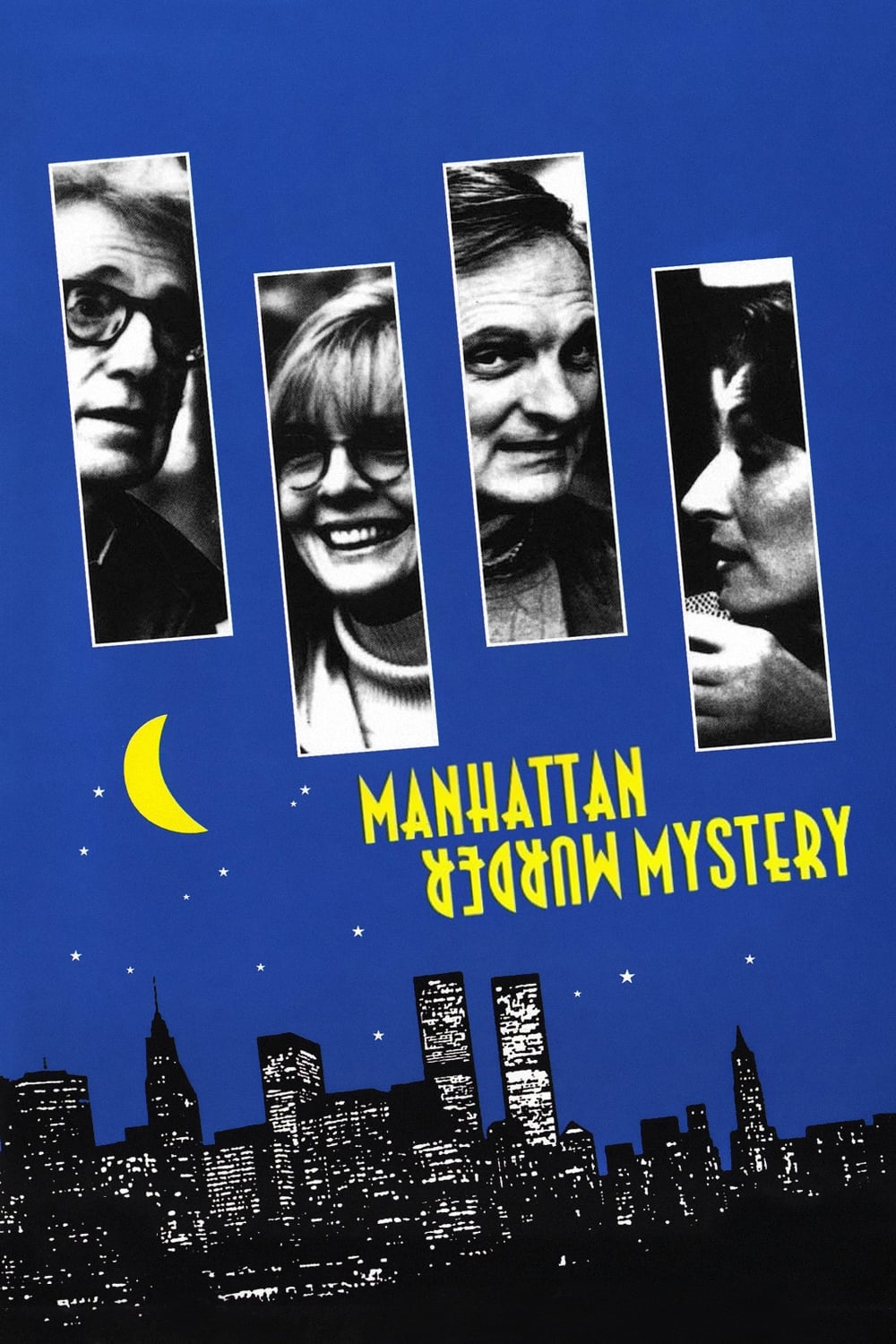 TriStar Pictures
TriStar PicturesA couple suspects foul play in their neighbor’s sudden death and begins an amateur investigation that escalates into surveillance, stakeouts, and mistaken identities. Diane Keaton’s character takes the lead in the sleuthing, consulting travel schedules, alibis, and building access points to piece together a plausible theory.
Directed by Woody Allen, the film blends classic detective tropes with contemporary New York settings, using apartment layouts, elevators, and theaters as key plot spaces. Its pacing and clue structure reflect genre conventions while letting the central duo test ideas, weigh risks, and coordinate with friends to spring a trap.
‘Interiors’ (1978)
 United Artists
United ArtistsA family confronts the aftermath of a separation as adult daughters reckon with their mother’s fragile mental health and their own artistic ambitions. Diane Keaton plays one of the sisters, whose internal conflicts and creative trajectory are tied to the film’s spare design and controlled visual style.
The film marked a shift toward serious drama for its director and was recognized for production elements such as muted color palettes, composed frames, and quiet soundscapes. It received multiple award nominations and is often cited for its study of grief, identity, and the pressures of perfectionism within a family system.
‘Play It Again, Sam’ (1972)
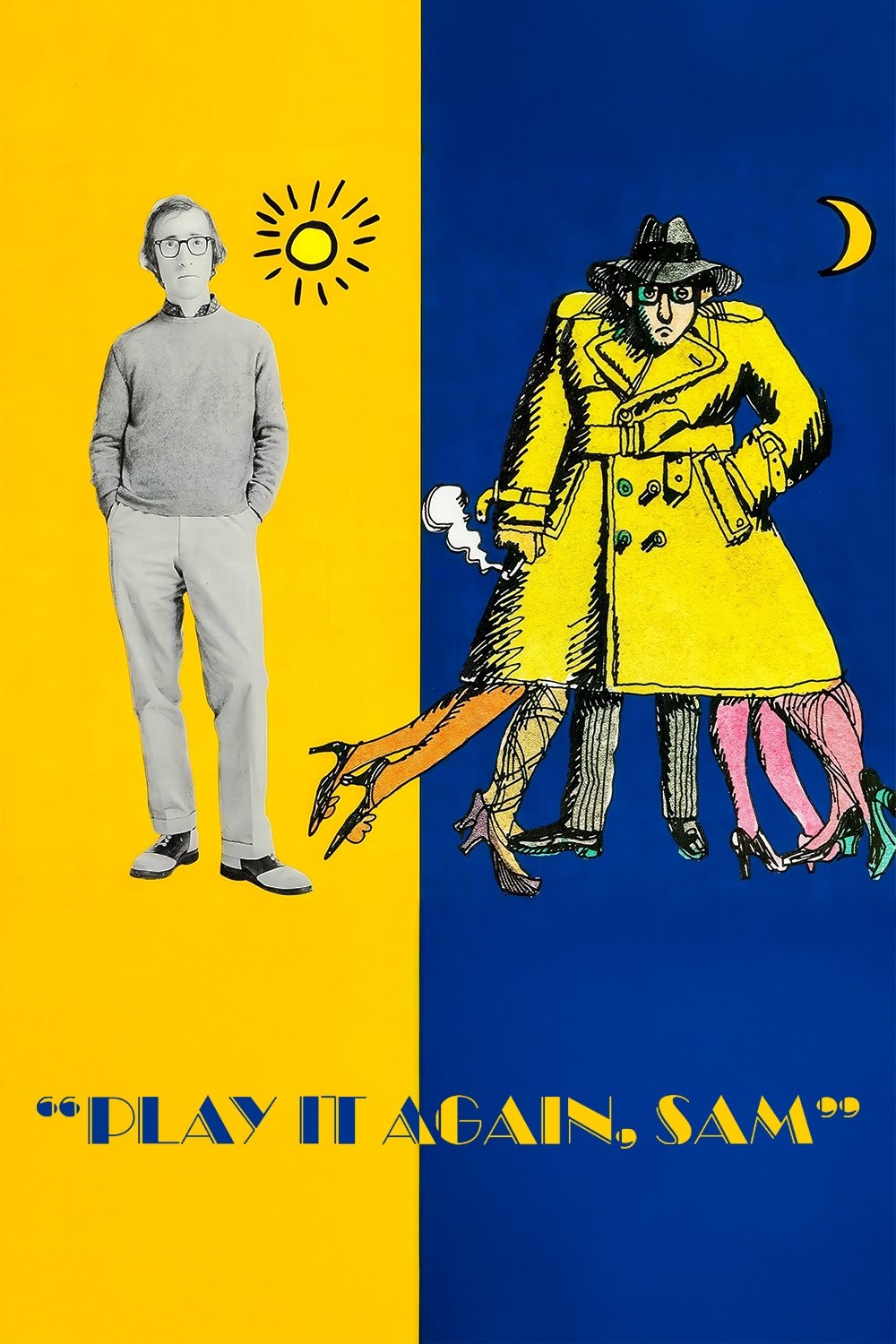 Paramount Pictures
Paramount PicturesA recently divorced film critic struggles to reenter the dating world, guided by an imaginary version of a classic screen icon. Diane Keaton plays the friend whose own relationship status complicates the critic’s attempts to follow scripted romantic advice in real life.
Directed by Herbert Ross and adapted from the successful stage play, the film retains a theatrical emphasis on dialogue and confined settings. It also showcases early collaborations among several future frequent coworkers, establishing rhythms and comedic beats that would echo through later projects.
‘Love and Death’ (1975)
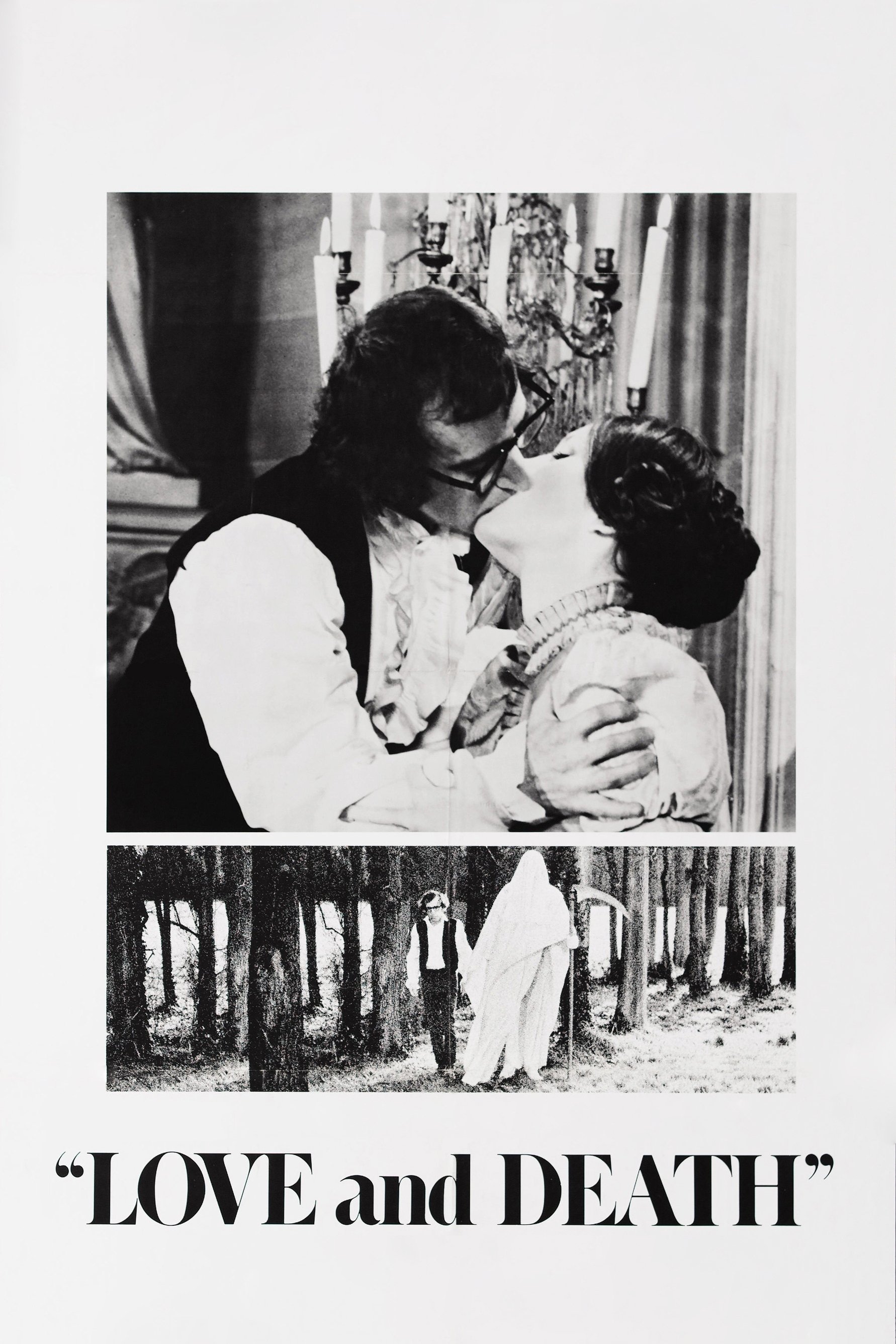 United Artists
United ArtistsSet during the Napoleonic era, a neurotic intellectual is drafted into the army and stumbles into a plot to assassinate a conqueror. Diane Keaton plays a co-conspirator whose philosophical debates and practical schemes drive the narrative through duels, disguises, and courtroom antics.
The film parodies Russian literature and European period dramas, layering sight gags, aphorisms, and choreographed movement across historical backdrops. Its production design and costuming build a credible period context for the satire, and its brisk structure shows how literary references can be reframed as accessible comic set pieces.
‘Manhattan’ (1979)
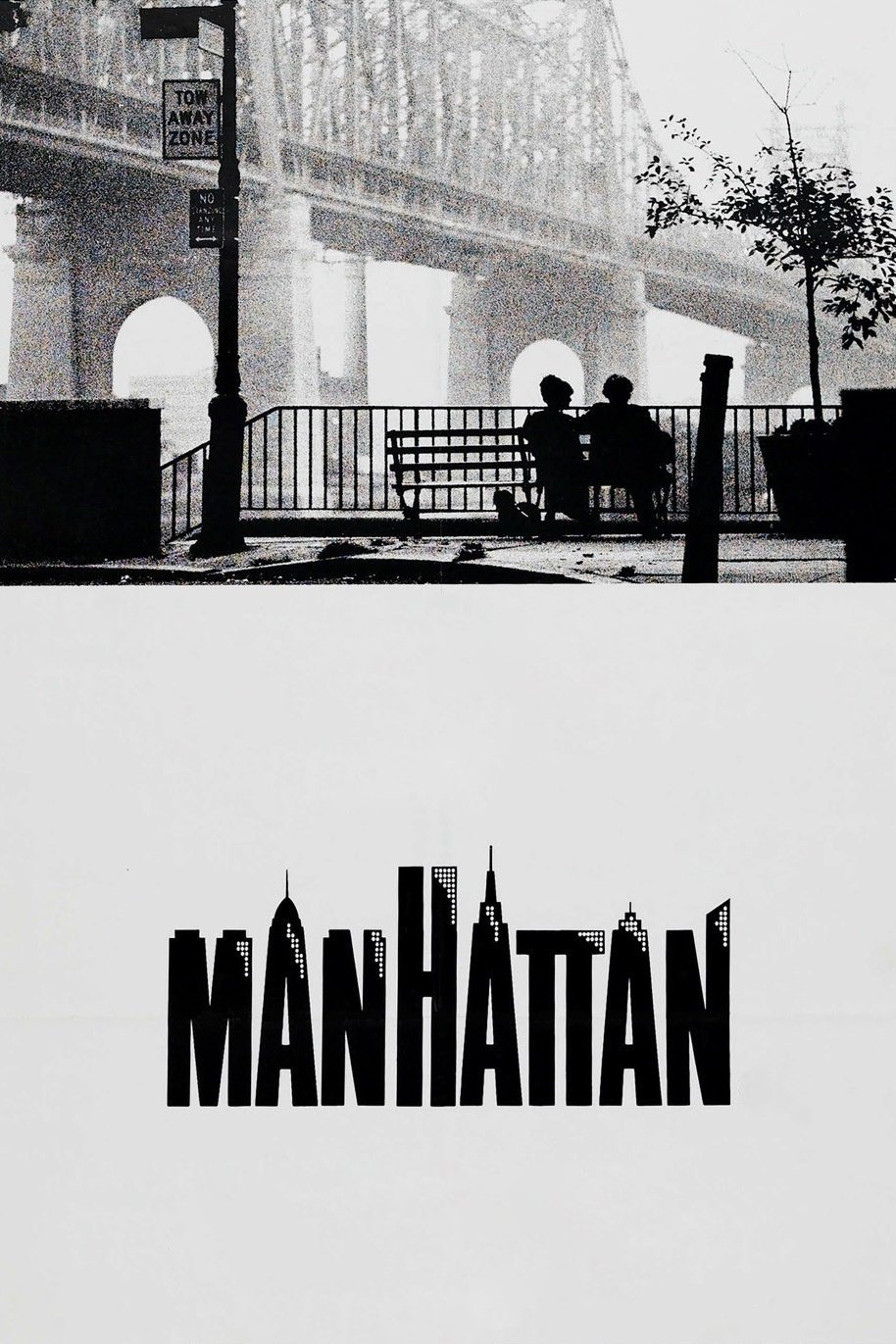 United Artists
United ArtistsA television writer reassesses his relationships and career while navigating friendships and an affair that raise questions about responsibility and desire. Diane Keaton plays a journalist whose professional ambitions and cultural tastes intersect with the writer’s creative block and social circle.
Gordon Willis’s black-and-white cinematography and use of widescreen compositions became defining features of the film’s look, along with iconic New York locations. George Gershwin’s music anchors the soundscape, while the script’s structure follows overlapping conversations and shifting loyalties that gradually reveal the characters’ priorities.
‘Annie Hall’ (1977)
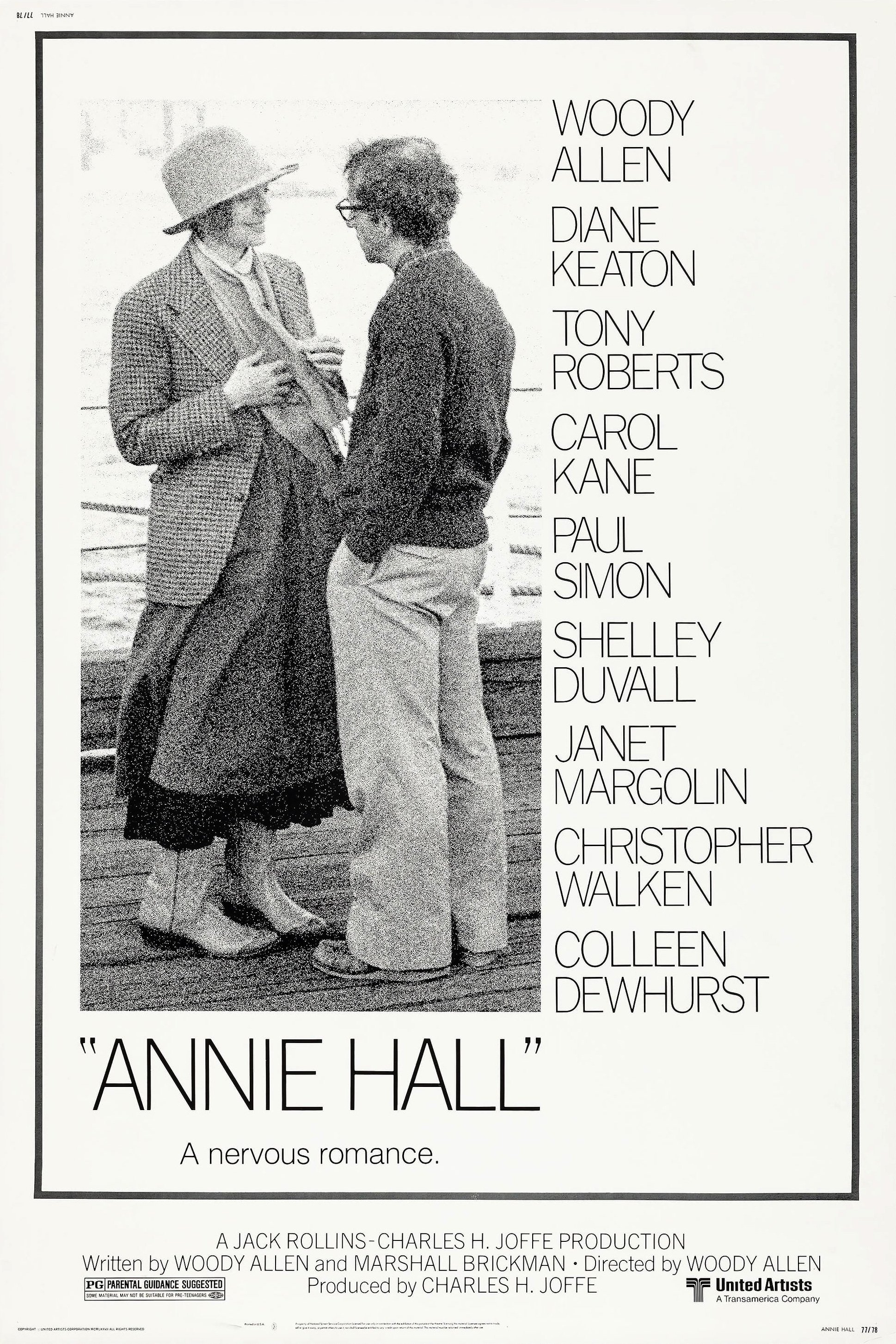 United Artists
United ArtistsA comedian reflects on a past relationship from the first meeting to the breakup, using flashbacks, direct address, and memory fragments to reconstruct what went wrong. Diane Keaton plays the title role, a singer whose evolving style, career steps, and independence shape the trajectory of the couple’s story.
The film won multiple Academy Awards and is frequently cited for its innovations in structure, including split screens, animated interludes, and subtitled subtext. Its costumes influenced contemporary fashion, and its depiction of therapy, performance spaces, and urban dating became a template for modern romantic comedies.
‘The Godfather Part II’ (1974)
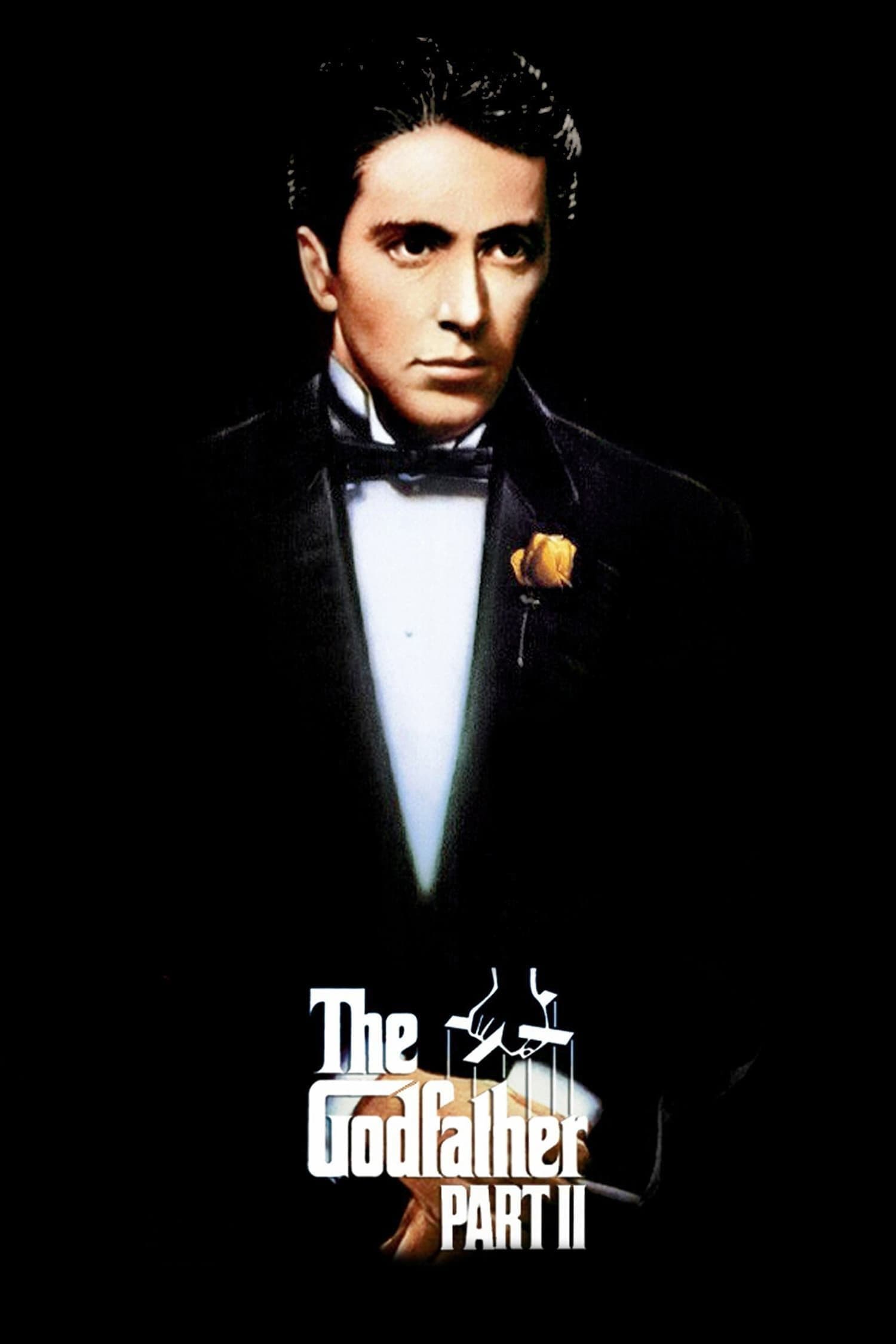 Paramount Pictures
Paramount PicturesThe film intercuts the early life of a rising immigrant with the contemporary consolidation of power by his son, exploring legacy, legitimacy, and the costs of leadership. Diane Keaton portrays the partner whose discoveries about the family’s operations lead to ruptures that echo through the film’s final movements.
Directed by Francis Ford Coppola, the production spans multiple time periods and locations, using parallel narrative strands to examine institutional growth and moral trade-offs. It received major awards, including Best Picture, and is frequently referenced for its ambitious structure, Michael Corleone’s arc, and the ways domestic spaces reflect political decisions.
‘The Godfather’ (1972)
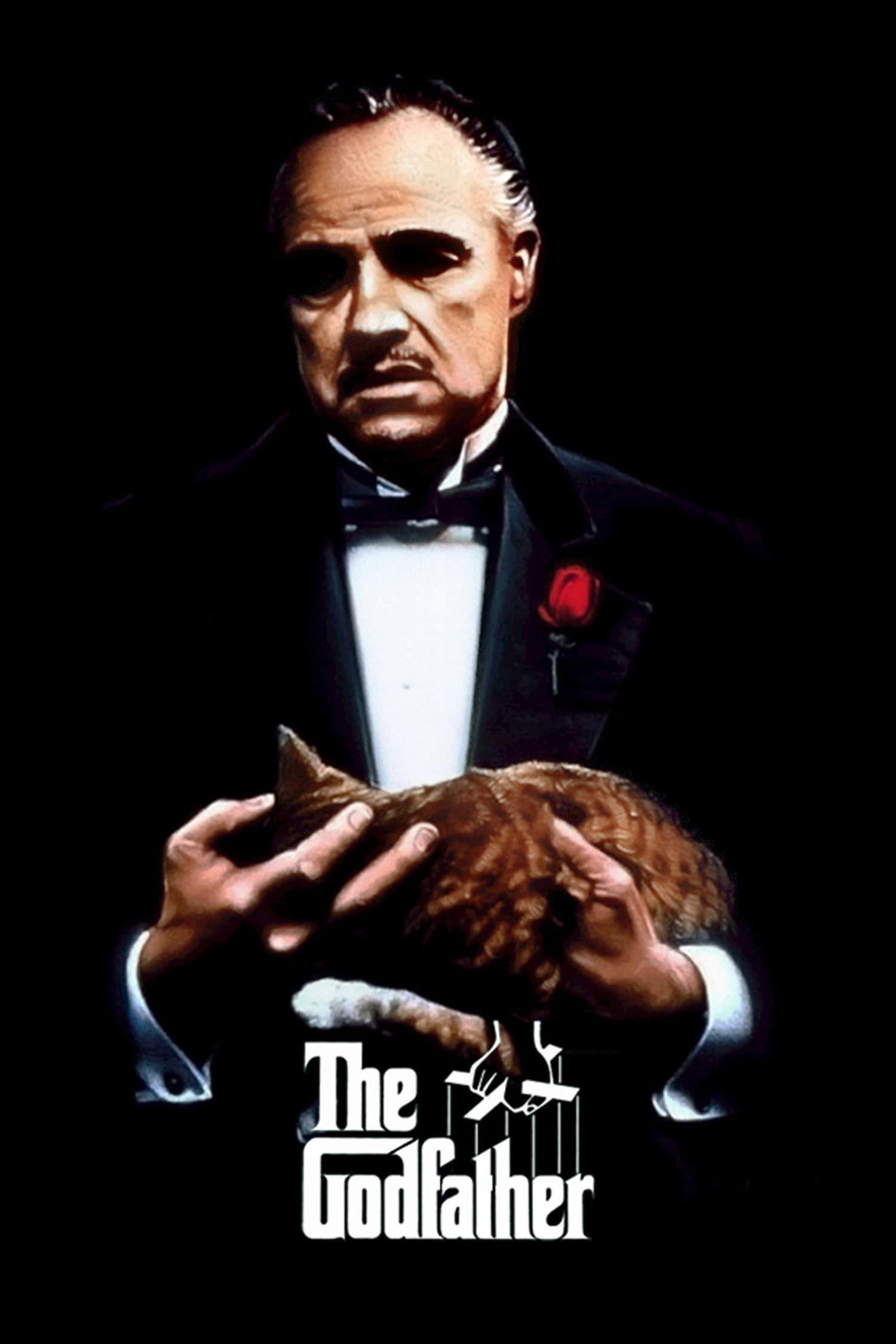 Paramount Pictures
Paramount PicturesA New York crime family navigates succession, alliances, and vendettas, with a decorated war veteran drawn into the organization’s inner circle. Diane Keaton plays the outsider whose vantage point highlights the contrast between public respectability and private strategy, particularly during ceremonies and family gatherings.
Directed by Francis Ford Coppola and adapted from Mario Puzo’s novel, the film became a landmark of American cinema noted for Gordon Willis’s cinematography, Nino Rota’s score, and meticulous production design. It was a massive commercial and awards success and established a benchmark for ensemble storytelling, performance, and world-building that influenced decades of filmmaking.
Share your favorite Diane Keaton performance in the comments and tell us which movie you’d add to the list.

.jpeg)
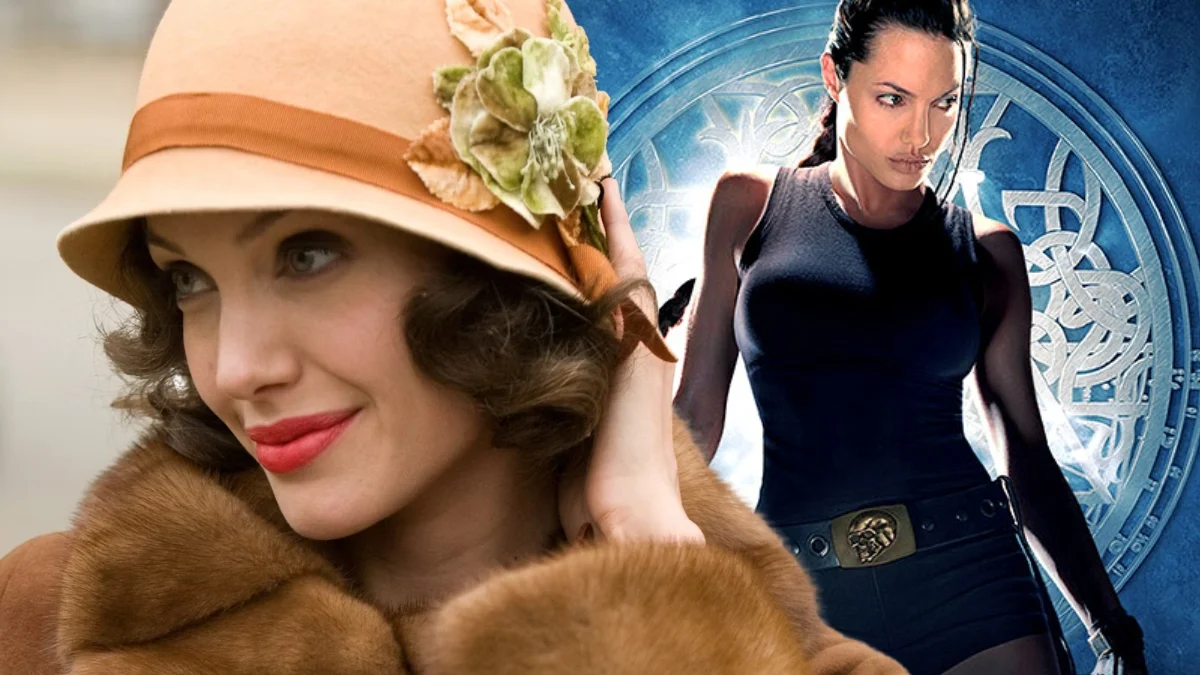
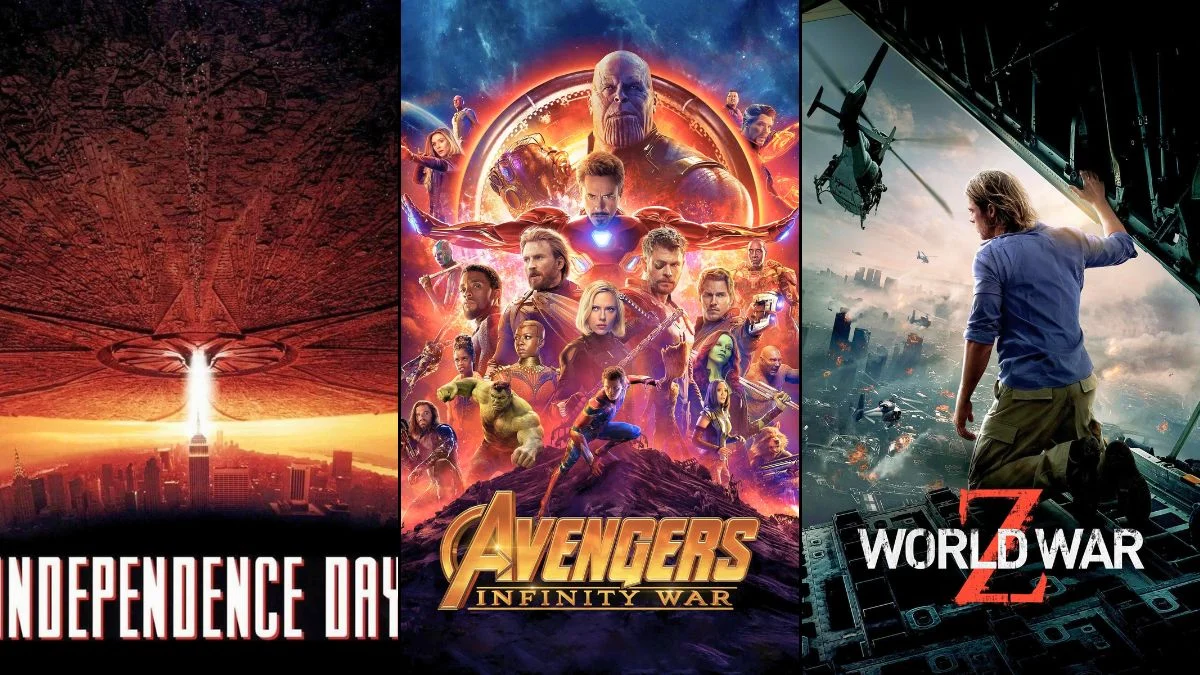



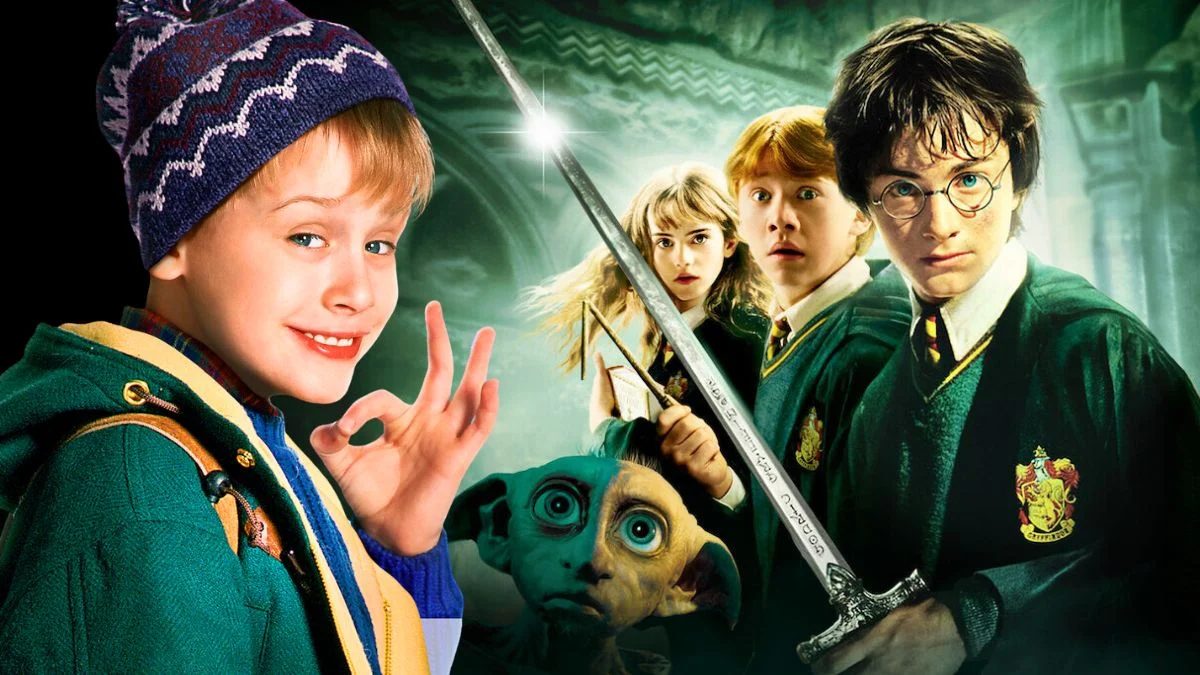
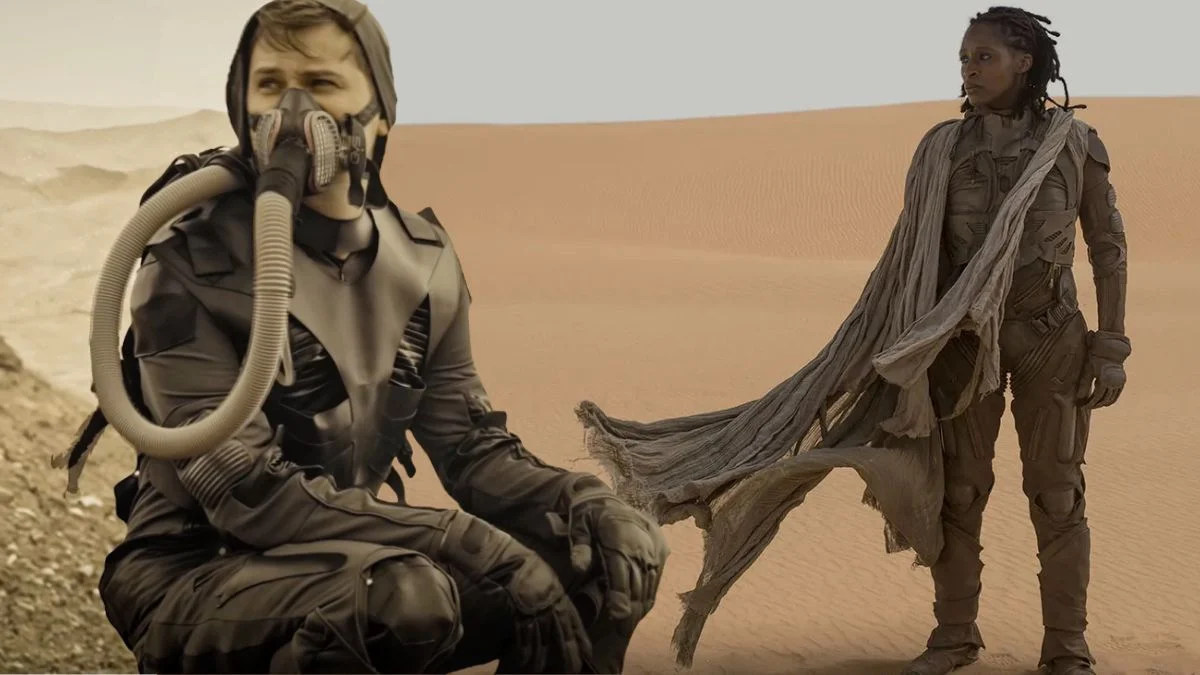
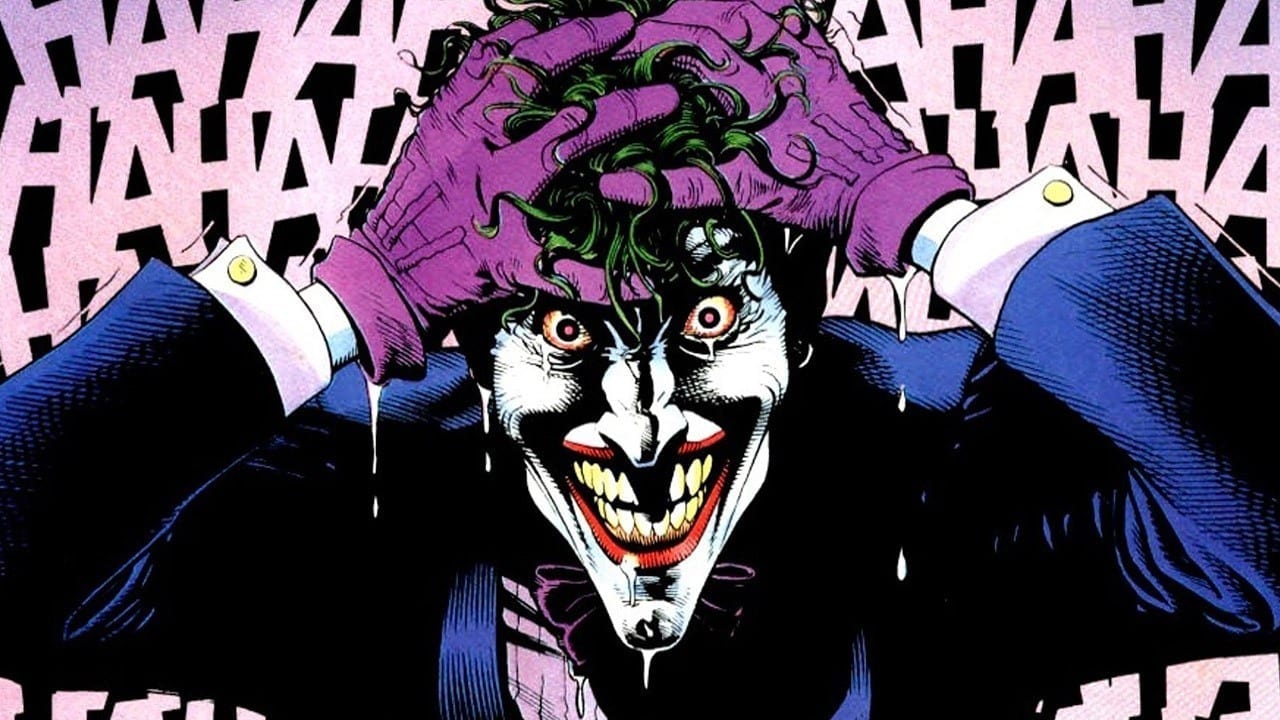
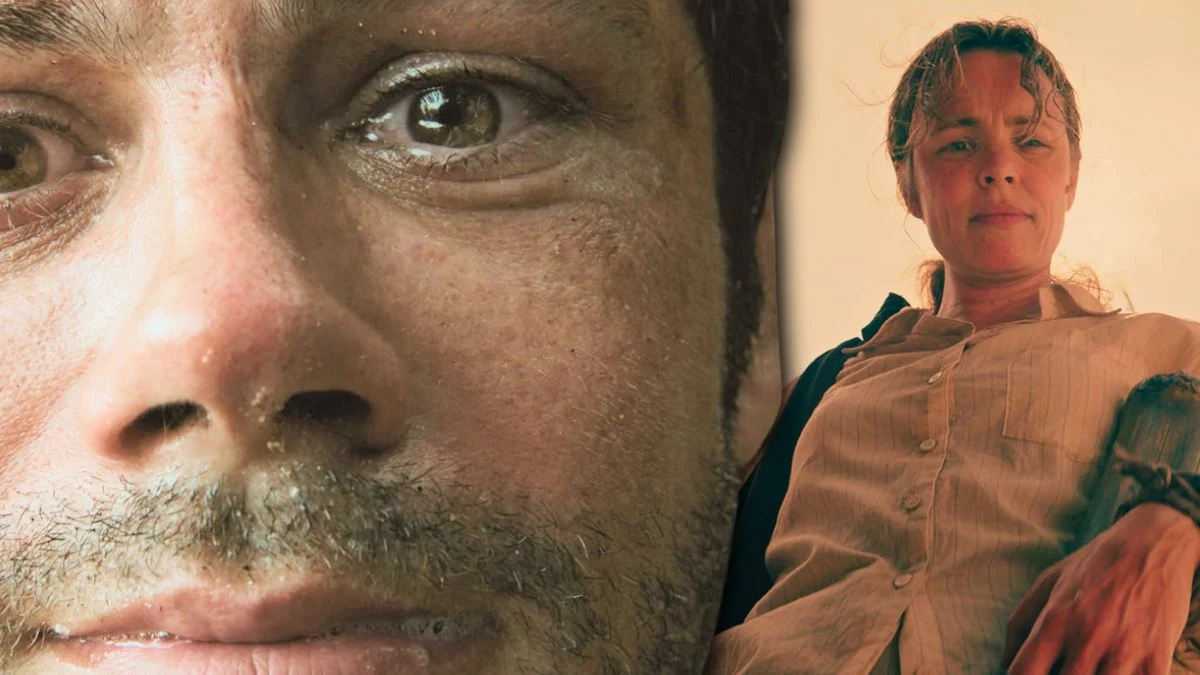
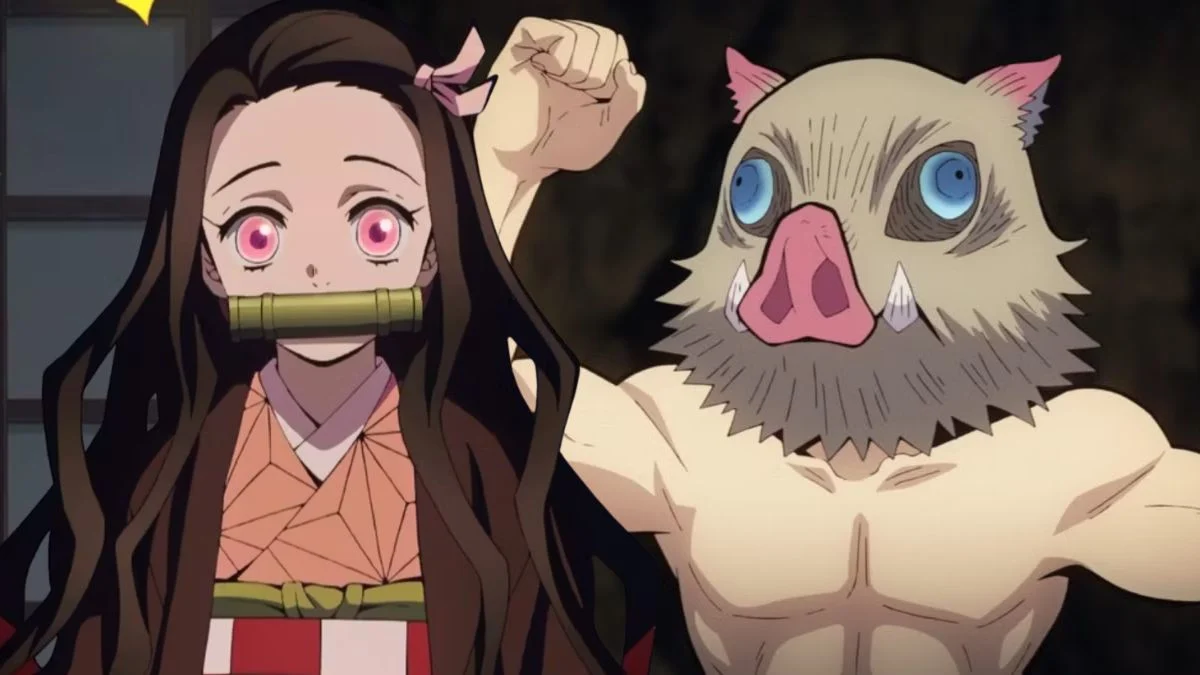
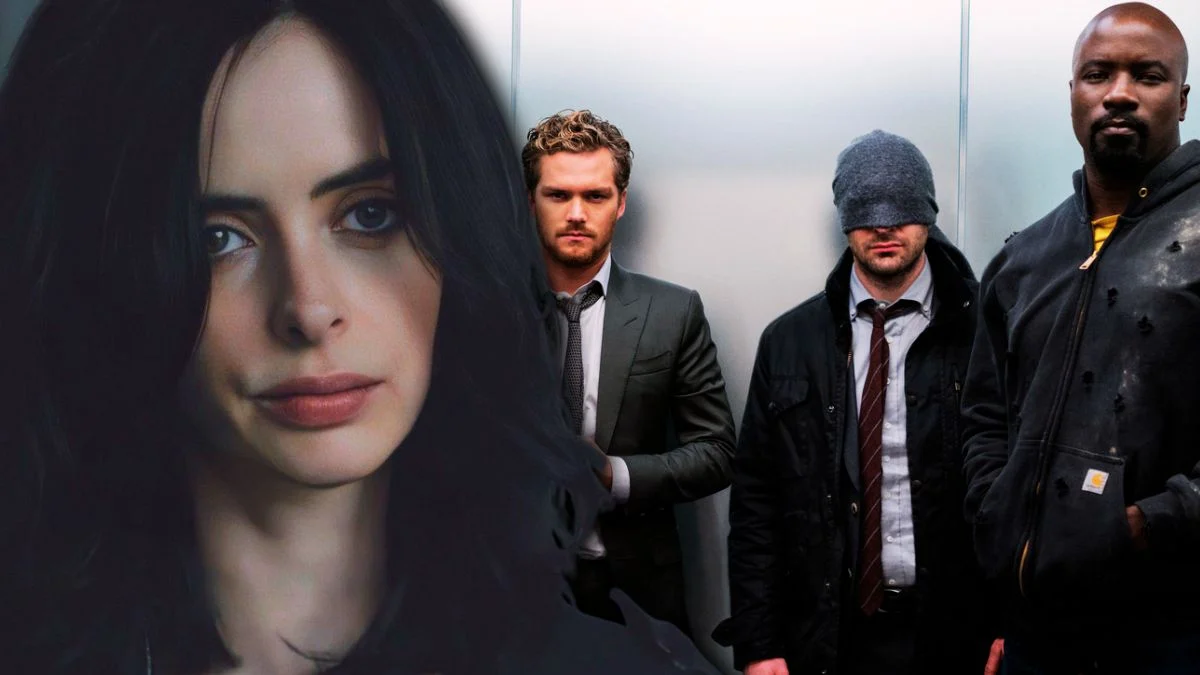

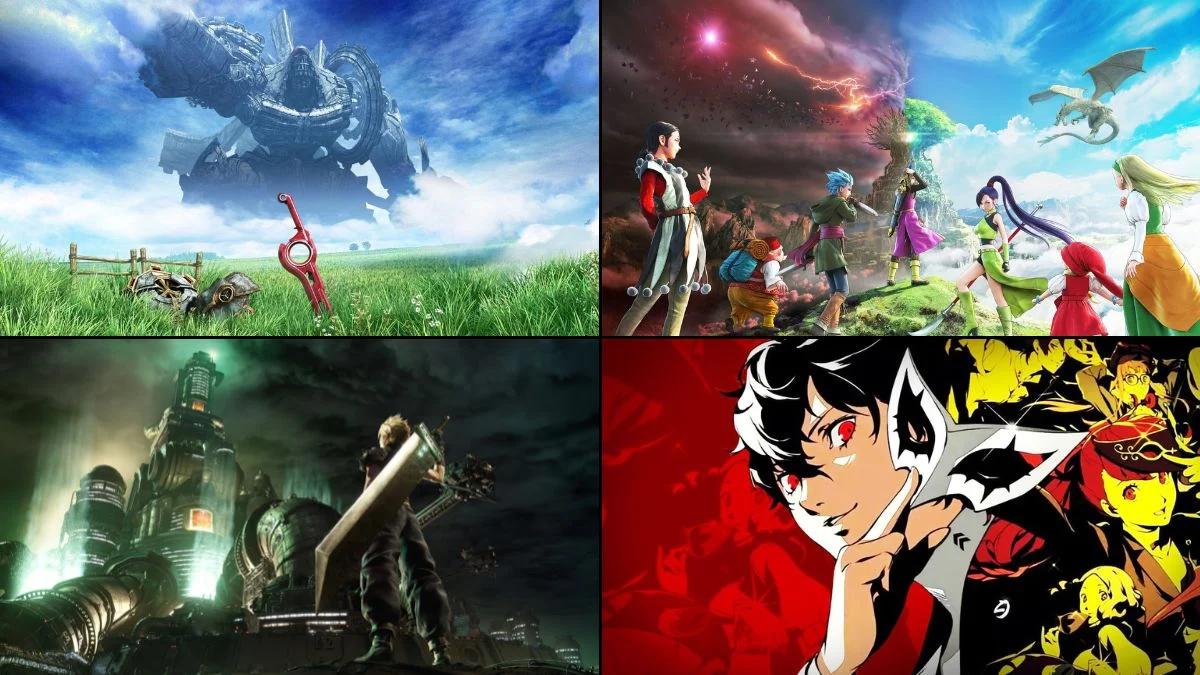



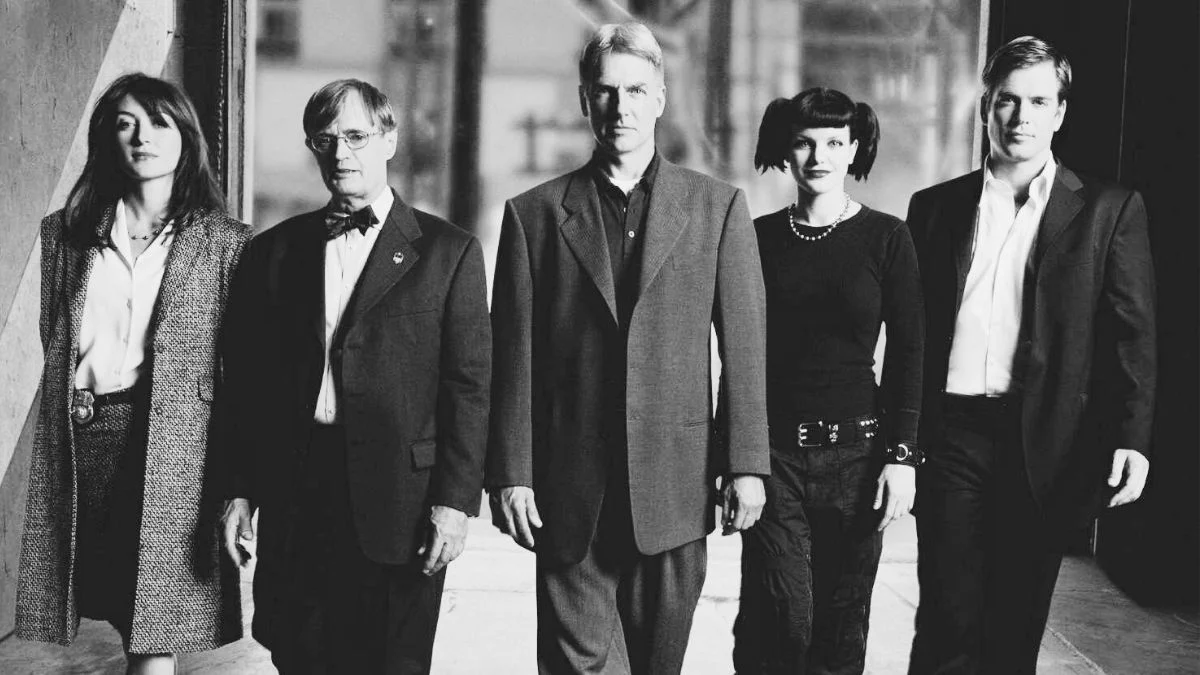
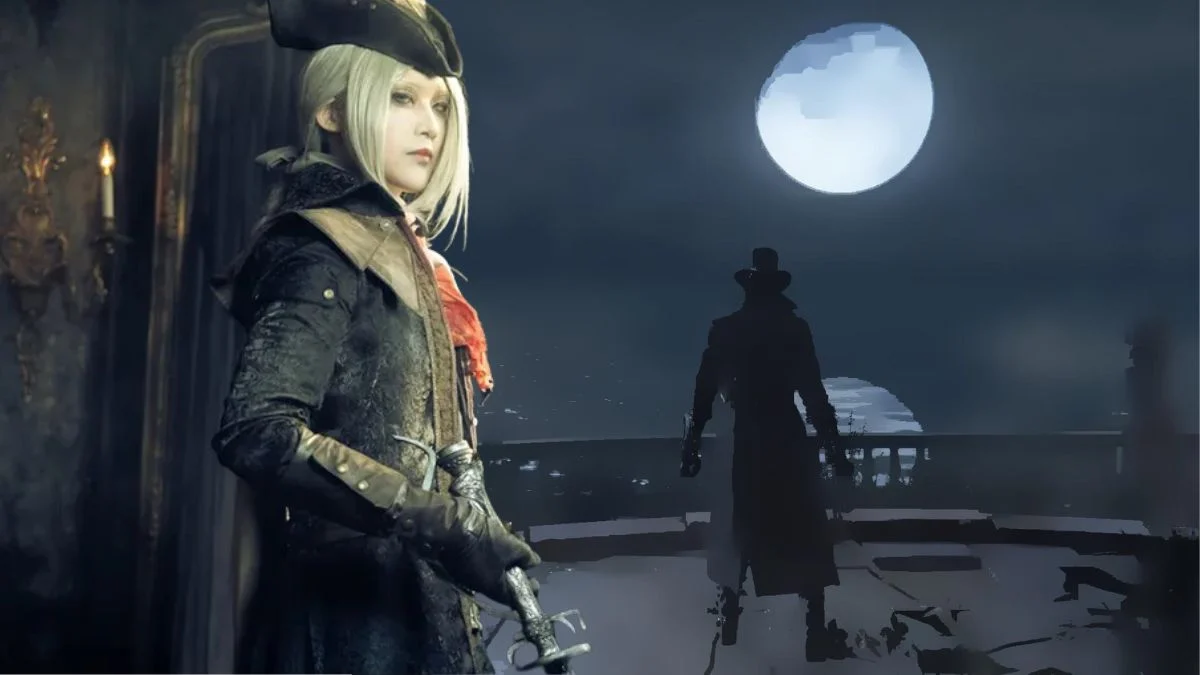




.jpeg)













 English (US) ·
English (US) ·